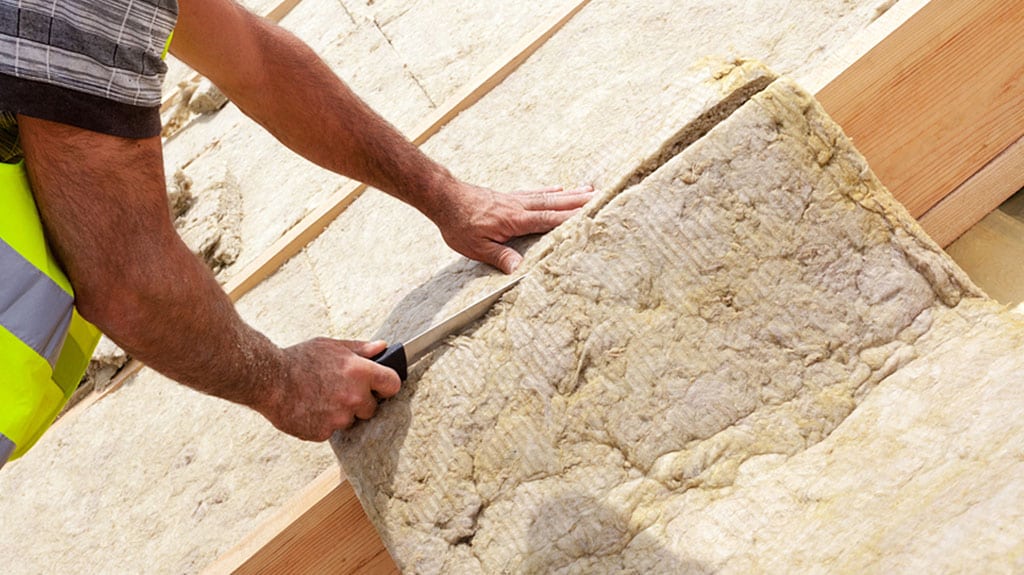Modeling buildings with architectural CAD software programs let you include lots of information in your designs. This helps you establish an idea not only of what a building will look like when it is completed but how its various properties will affect the way it behaves in the real world.
One component that can be included in designs is the kind of insulation it will have. In Revit, your choices when determining insulation will affect the outcome of an energy simulation, which estimates how well your building will withstand extreme temperatures.
The Autodesk Materials Library includes many insulation options, and insulation materials from other online libraries can also be input as well. Here are a few common choices of insulation you could use when modeling buildings as an architectural technician.
1. Fiberglass Is the Most Common Insulation an Architectural Technician Will Use
For thermal insulation, most buildings use some form of fiberglass wool, shaped into pre-cut “batt” panels and installed into the walls.
The main advantage of fiberglass insulation is that it is quite inexpensive, yet is still effective when installed correctly. Plastic covering or moisture barriers are generally needed to preserve the efficacy of this kind of insulation, though. Over time, fiberglass can lose some of its loft, or thickness, which diminishes its ability to insulate. However, this can take a while.
Though there are alternatives, the affordability of fiberglass means aspiring architectural technicians can often expect to use this material as an insulator within their building designs.
2. Mineral Wool Is Another Common Insulator You Can Use After Architectural CAD Courses
If you are studying to become an architectural technician, you might be interested to learn that although fiberglass is a fairly good insulator, it isn’t the best choice when it comes to fire and water resistance. If these are concerns for your project, you may find that mineral wool could be a better insulation choice.
Like fiberglass, mineral wool typically comes in batts, though mineral wool is stiffer. Where fiberglass is made from strands of glass, mineral wool is made from strands of stone and steel. As mentioned, mineral wool does offer more resistance to fire and water, so from a safety and effectiveness standpoint, it is arguably better than fiberglass. It is also more expensive, which means it is used less often.

Mineral wool is pricier than fiberglass but offers better fire and water protection
3. Rigid Foam Board Insulation Cuts Down on Condensation and Associated Issues
Foam board insulation is generally a bit more expensive to use than fiberglass or mineral wool. However, when space or stability are priorities, there is a decent chance that you will be called to use this insulation in your projects after your architectural CAD courses.
A common issue that can arise when batting is used as insulation is that movement can dislodge the batting, rendering the insulation less effective. An alternative to this is to use a rigid foam board insulation.
In addition to the aforementioned benefit of improved stability over batting, foam boards also require less space, as their insulating ability does not depend on maintaining a level of loft. It is also fairly easy to install over studs, making it a dependable and simple option when this is a priority.
Are you thinking about studying in architectural CAD programs?
Contact Digital School to learn more about our offerings.

